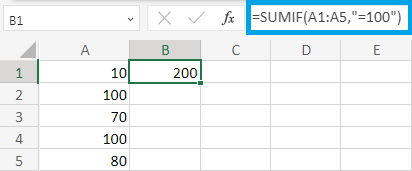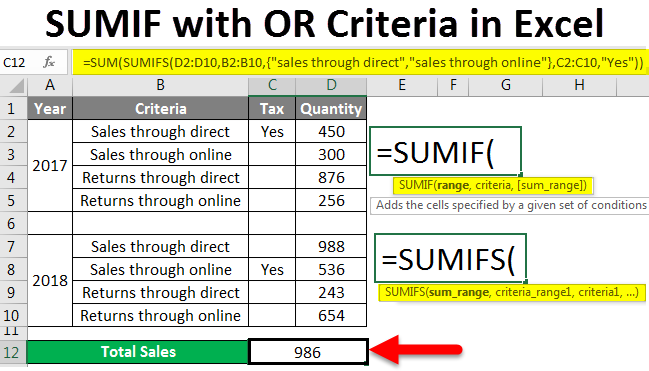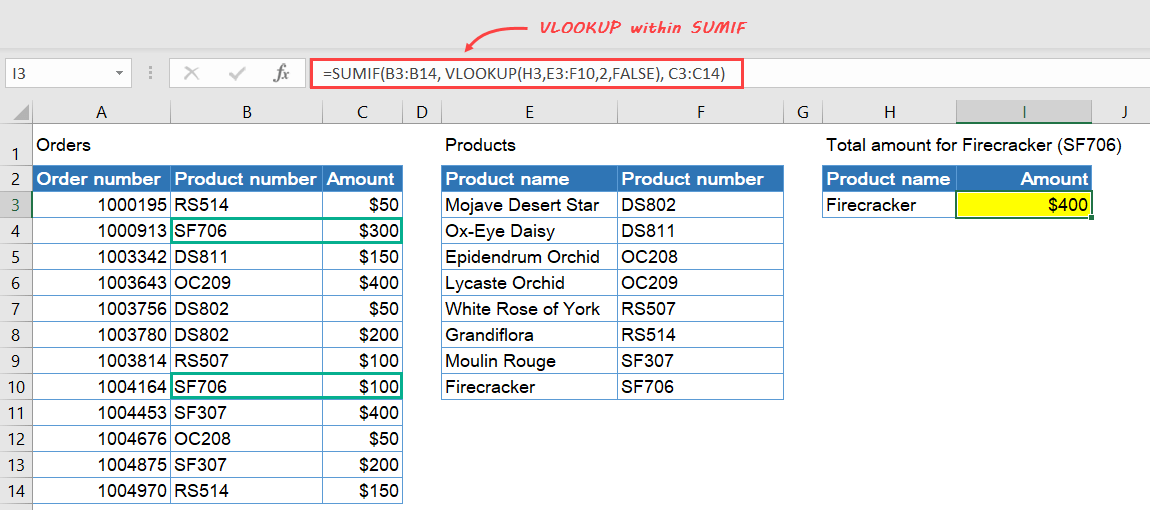
#Excel sumif how to#
How to Automatically Insert Date and Timestamp in Excel?.How to Find Duplicate Values in Excel Using VLOOKUP?.How to Find Correlation Coefficient in Excel?.How to Show Percentage in Pie Chart in Excel?.Highlight Rows Based on a Cell Value in Excel.How to Remove Time from Date/Timestamp in Excel?.ISRO CS Syllabus for Scientist/Engineer Exam.ISRO CS Original Papers and Official Keys.GATE CS Original Papers and Official Keys.These two functions are simple yet powerful to use in your day-to-day data analysis.Īnd don’t forget to give Coupler.io a try. We’ve covered how to use Excel’s SUMIF and SUMIFS functions with date criteria, including common examples on single and multiple criteria. The first criteria is for the start dates that are equal to April 15, 2021, and the second criteria is for the finish dates that are not empty. Notice that in this case, we use SUMIFS with criteria in two different columns: Start date and Finish date. The following example sums the total hours spent for tasks that started between Apand June 21, 2021. Excel sum if date between two dates (date range) Now, let’s see some examples of how to sum values based on multiple criteria using the SUMIFS function. Excel SUMIFS with multiple date criteria examples To find dates that are not empty, we use the not equal operator enclosed within double quotes ( "").

Notice that we use the double quotes without any space between ( "") to find the dates that are blank or empty. Notice that we use the > operator for greater than and ",G6:G15) Here are the formulas we use in B3 and C3: In the following example, we calculate how much was billed for tasks that started before April 15, 2021, and on or before April 15, 2021. To do that, just replace “” with B2 (without double quotes): =SUMIF(C6:C15,B2,G6:G15) Excel SUMIF: date less than, less than or equal to

You can also use B2 as a cell reference instead of typing the date criteria manually. If it’s not, the formula will return an incorrect result. Notice that the date criteria is enclosed within double quotes (“”). The formula sums the amounts in column G (range G6:G15) when the date in column C (range C6:C15) is equal to June 21, 2021. The SUMIF formula we use in B3 is: =SUMIF(C6:C15,"",G6:G15) In the example below, we are adding up how much was billed for all the tasks that started on June 21, 2021. Let’s check out some examples below on how to sum values based on a single criterion using the SUMIF function. We recommend checking out Coupler.io for an easy way to manage this process! Coupler.io is an integration tool that allows you to import data from multiple sources into Excel and sync your data on the schedule you want - without coding.Įxcel SUMIF date with single criteria examples


What if your data is stored in an external source such as Airtable or Jira (or other platforms), but you want to do analysis using Excel? In this case, you can import them first into Excel then do an analysis with it. Suppose you are a project coordinator and use the following Contractor Time Tracker spreadsheet to manage tasks, the contractors who work on them, whether each task is completed or not, as well as how much money has been billed for each particular task.
#Excel sumif free#
So, if you want a refresher or to see more examples on how to use Excel SUMIF with text criteria or number, feel free to check it out. Be sure to enclose the date criteria within double quotes (“”).įor the basic usage of SUMIF and SUMIFS, we’ve already covered that in our previous tutorial: Excel SUMIF function and how to use it.Use SUMIFS if you want to sum by multiple criteria, such as to sum if the date is between a certain range.For example, to sum if the date is equal, before, or after a specific date. You can use either SUMIF or SUMIFS if you want to sum by a single criterion.And here are some important notes when using these functions: We can use both Excel SUMIF and SUMIFS functions to sum values based on date criteria. Wrapping up How to use SUMIF(S) in Excel with date criteria


 0 kommentar(er)
0 kommentar(er)
